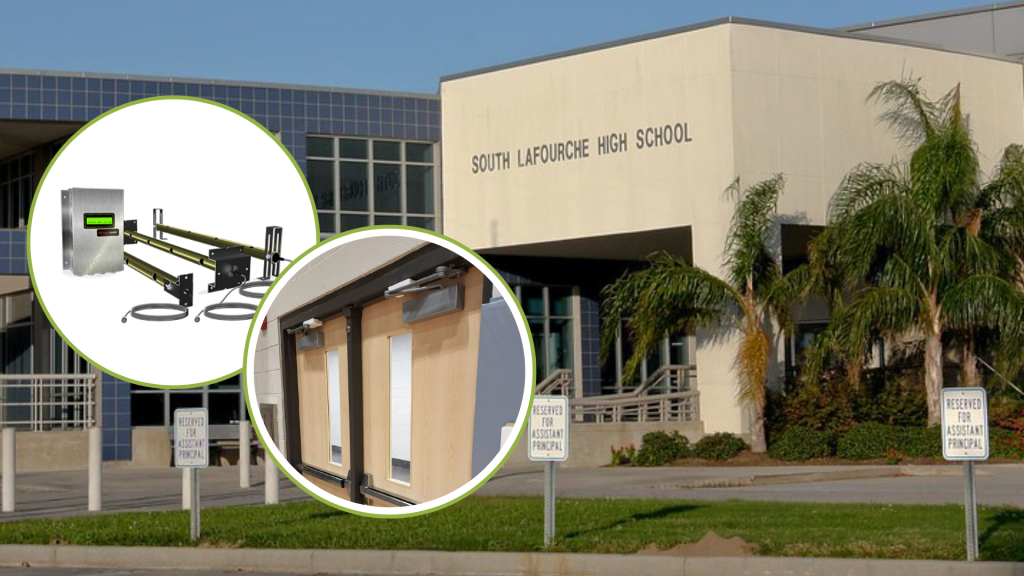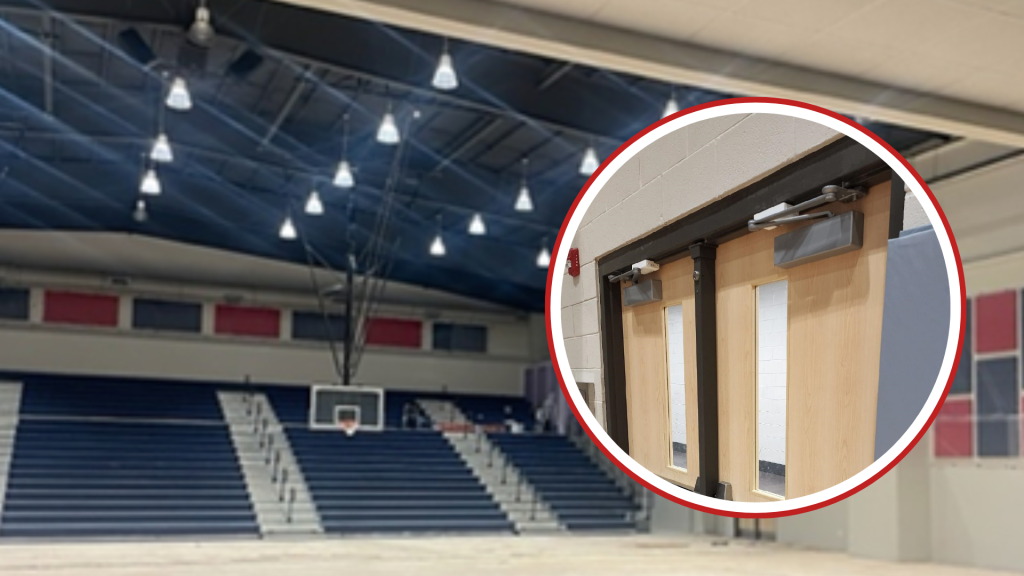Efficient ventilation is a key challenge for schools, requiring a balance between maintaining indoor air quality (IAQ) and optimizing energy efficiency. At South Lafourche High School and Thibodaux Middle School in Louisiana, fluctuating occupancy levels—particularly in classrooms and gymnasiums—highlighted the need for a more innovative approach to ventilation. Tasked with enhancing the HVAC systems at these schools, Castagnos Goodwin Utley (CGU) Engineers implemented a cutting-edge solution to ensure both energy savings and compliance with ASHRAE standards.
South Lafourche High School, located in Galliano, Louisiana, serves students from several coastal communities. Established in 1966, the school accommodates over 1,100 students in grades 9–12. After a two-story addition in 2000 and a renovation of the outdoor air handling units in 2016, the district sought to ensure the building’s ventilation system could meet new demands—especially with many rooms remaining empty most days—without wasting energy.
Thibodaux Middle School serves grades 6–8 in nearby Thibodaux, Louisiana. Spaces such as the gymnasium, where occupancy can shift rapidly during events or physical education classes, posed a unique challenge for maintaining proper IAQ without incurring high energy costs.

Introduction to EBTRON
Paul Trammel, Sales Engineer at Product Engineering, introduced Robert Utley to EBTRON’s advanced airflow measurement solutions. Recognizing their potential, Paul invited Robert to EBTRON’s Bring-A-Guest (BAG) event. This event provided Robert with hands-on technical demonstrations and in-depth knowledge about innovative solutions for real-time airflow management. The event also facilitated collaboration with HVAC professionals, including engineers, architects, and contractors, helping Robert develop the best strategy for the schools’ unique challenges.
Implementing a Dynamic Airflow Solution
CGU Engineers implemented a strategy combining occupancy counters and airflow measurement devices at both schools. This approach allowed ventilation rates to be dynamically adjusted in real-time, ensuring optimal IAQ while minimizing energy consumption.
In gymnasiums, where occupancy could shift from a handful of individuals to hundreds during events, this system was particularly effective. By integrating the solution with the building automation system (BAS), the HVAC system automatically adjusts ventilation and temperature based on occupancy.

“The integration of EBTRON’s occupancy counters and airflow measurement devices allowed us to create a system that dynamically adjusts ventilation based on real-time occupancy,” said Robert Utley, Principal at Castagnos Goodwin Utley Engineers. “This approach ensured compliance with ASHRAE standards while significantly reducing energy consumption. It was particularly impactful in areas like gymnasiums, where occupancy levels fluctuate dramatically, enabling us to maintain comfort and air quality without unnecessary energy costs.”
Key Results
South Lafourche High School
Thibodaux Middle School
The Benefits of Real-Time Ventilation
Utilizing occupancy counters in South Lafourche and Thibodaux schools demonstrated the importance of integrating real-time data into ventilation strategies. Relying on CO2-DCV without real-time measurement of airflow or a fixed ventilation rate leads to potential IAQ problems or wasting energy in spaces with unpredictable occupancy. Combining occupancy counting with precise airflow measurement ensured both schools could:
By tailoring ventilation to actual occupancy in real-time, buildings can achieve significant energy savings without compromising air quality or occupant comfort. Airflow measurement devices and occupancy counters helped both schools become more sustainable by ensuring the health of students and staff and validating compliance with ASHRAE standards.
Broader Applications
This case illustrates the use of counting people for demand control ventilation and climate control. However, these counters could also be used for traffic counting in restrooms and dining areas, especially within the education, restaurants, and nursing home central areas for people counting and cleaning optimization. In addition to controlling proper ventilation, real-time data can be used to schedule cleaning staff efficiently, thereby minimizing labor costs while maintaining high standards.

© 2023, EBTRON, Inc.
